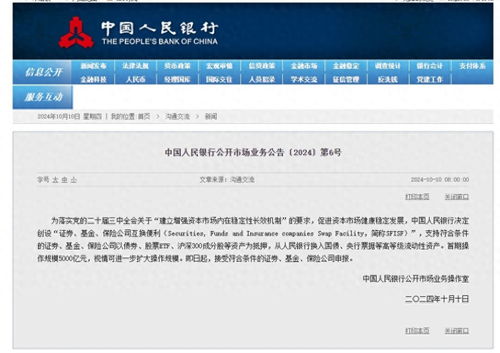Understanding Insurance-Linked Securities: A Comprehensive Guide
Insurance-linked securities (ILS) have emerged as a unique and innovative financial instrument that combines the principles of insurance and traditional finance. By allowing investors to gain exposure to insurance risks, ILS have become an attractive option for those seeking diversification and potentially higher returns. In this article, we will delve into the intricacies of ILS, exploring their structure, benefits, risks, and the various types available in the market.
What are Insurance-Linked Securities?

Insurance-linked securities are financial instruments that are backed by insurance contracts or related risks. These securities are designed to transfer the risk of certain catastrophic events, such as natural disasters, to investors. By purchasing ILS, investors can gain exposure to insurance risks without having to directly underwrite insurance policies.
Structure of Insurance-Linked Securities

ILS are structured as a special purpose vehicle (SPV), which is a legal entity established to hold the insurance contracts and related assets. The SPV issues securities to investors, who in turn provide capital to the SPV. The SPV then uses this capital to pay claims related to the covered risks. When a covered event occurs, the SPV pays out claims to policyholders, and any remaining funds are distributed to the investors as returns.
Benefits of Insurance-Linked Securities

There are several benefits to investing in ILS:
-
Diversification: ILS offer investors exposure to a wide range of insurance risks, including natural disasters, property damage, and credit default. This diversification can help reduce the overall risk of an investment portfolio.
-
Access to Alternative Investments: ILS provide investors with access to a unique asset class that is not correlated with traditional financial markets. This can be particularly beneficial during times of market volatility.
-
Attractive Returns: ILS have the potential to generate higher returns compared to traditional fixed-income investments, especially during periods of low interest rates.
Risks Associated with Insurance-Linked Securities
While ILS offer several benefits, they also come with certain risks:
-
Coverage Risk: The effectiveness of an ILS depends on the coverage provided by the underlying insurance contracts. If the coverage is insufficient, investors may not receive the expected returns.
-
Counterparty Risk: The risk that the issuer of the ILS may default on its obligations is known as counterparty risk. This risk is particularly relevant in the case of catastrophe bonds, where the issuer is often a reinsurer.
-
Market Risk: ILS prices can be affected by market conditions, such as changes in interest rates and credit spreads. This can lead to fluctuations in the value of the securities.
Types of Insurance-Linked Securities
There are several types of ILS, each with its own unique characteristics:
-
Catastrophe Bonds: These are the most common type of ILS, which are backed by insurance contracts covering natural disasters, such as hurricanes, earthquakes, and floods.
-
Industry Loss Warranties (ILWs): ILWs are structured notes that provide exposure to the aggregate losses of a particular industry, such as the property and casualty insurance industry.
-
Index-Linked Securities: These securities are tied to an index that measures the occurrence of certain events, such as the number of hurricanes in a given year.
-
Reinsurance-Linked Securities (RLS): RLS are backed by reinsurance contracts, which provide insurance to insurance companies. These securities can offer exposure to a wide range of risks, including natural disasters, mortality, and longevity.
Market Overview
The ILS market has experienced significant growth over the past decade, with total outstanding ILS reaching approximately $100 billion as of 2021. The market is dominated by catastrophe bonds, which accounted for about 80% of the total outstanding ILS. The growth of the ILS market can be attributed to several factors, including the increasing frequency and severity of natural disasters, the need for reinsurance capacity, and the desire for alternative investment opportunities.
Conclusion
Insurance-linked securities offer a unique way for investors to gain exposure to insurance risks while potentially achieving higher returns. Understanding the structure, benefits, risks, and types of ILS is crucial for investors looking to diversify their portfolios and access alternative investment opportunities















